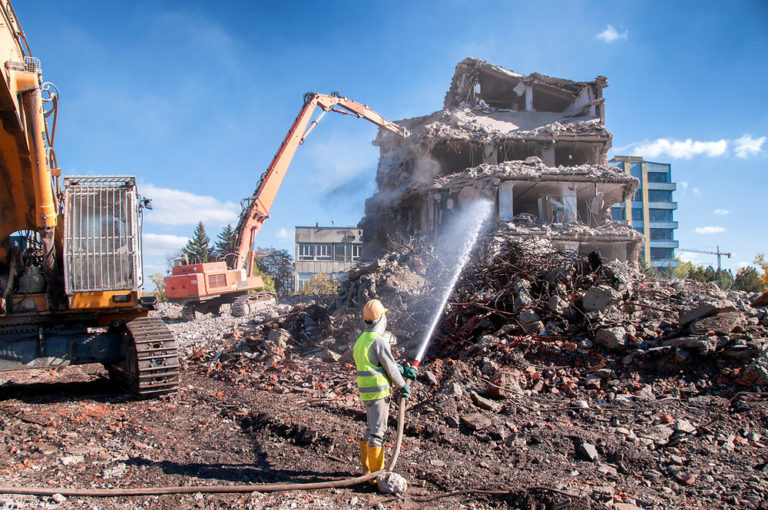Dust is a bothersome substance. The air we breathe and the resources in our land and water are both contaminated when fugitive dust is present. It is hazardous to human health and safety, as well as the growth of plants, insects, and animals on land and in water, and it poses a threat to human health and safety.
Excessive exposure to dust can result in decreased productivity, sick leave, and operational downtime, which can negatively impact an organization’s bottom line.
What Is Dust Control?
Dust control refers to the system implemented to lessen or eliminate dust emissions produced as a byproduct of activities that generate airborne and fugitive dust and lead to erosion. The amount of dust produced is determined by various elements, such as the surface type, the degree to which the surface is disturbed, and the climatic circumstances. Dust production is often a more significant problem in arid and semi-arid environments, such as deserts or locations with periods of dry weather.
Dust suppression is important in a variety of contexts. Large open expanses of materials that are just loosely bonded can produce enormous amounts of dust when certain operations, such as mining, broadacre farming, agriculture, recreational activities, and industrial stockpiling, are carried out. Dust will be generated by vehicle traffic on dirt and gravel roads, an inherent hazard on these types of roads. Dust management measures are required to ensure the health and safety of anyone working in and using these locations.
Dust Control Challenges For Construction Sites
Construction sites can generate dust and debris, which, if they become suspended in the air, can create difficulties for people’s respiratory systems and harm the properties located in the nearby area. The difficulty is that the demolition operation will always produce dust. The first thing that springs to mind whenever demolition is the thought of buildings falling, dust and filth, air pollution, and the possibility of exposure to dangerous particles unleashed during the demolition. Fine particles may be transported from demolition sites even by low breezes, which can harm the ecology in the immediate area. The following are some of the variables that lead to difficulties in dust control:
- Uncompromising adherence to the established policies and procedure
- In order to carry out good demolition work, state-of-the-art equipment is required
- Precautions should be taken to protect both the property and the experts involved
- Protection of the environment in the face of irreparable harm to the ecosystem
- The necessity to implement effective dust control to reduce the effects of dust
The Bottom Line
Dust is not only unpleasant to breathe in and can be a source of irritation for people who live or work close to a building site, but it also poses major health risks. One of the groups at the most risk of developing long-term health problems is the group comprising construction workers exposed to dust for extended periods.
As per Health and Safety Executive statistics, approximately 500 people employed in the construction industry pass away annually due to their exposure to silica dust. Contact the experts at Erizon Dust Suppression today to learn more about dust control.
